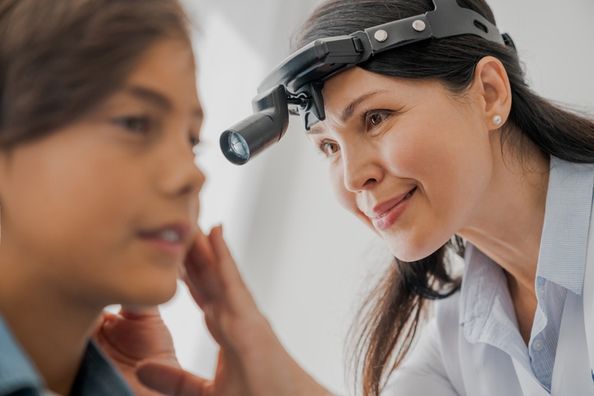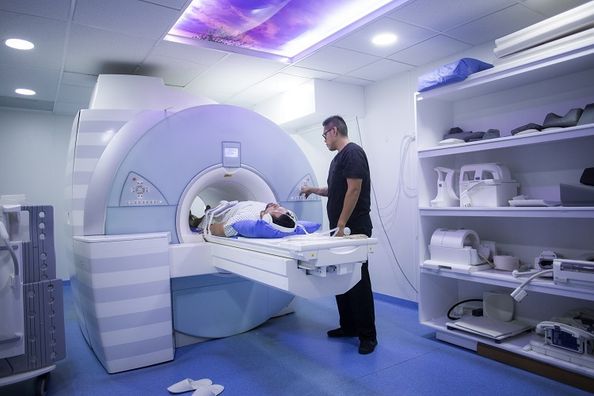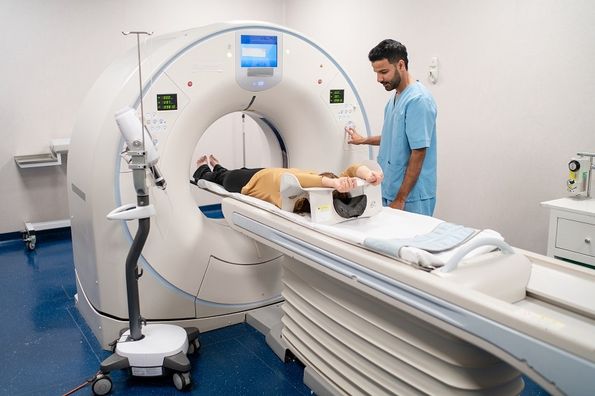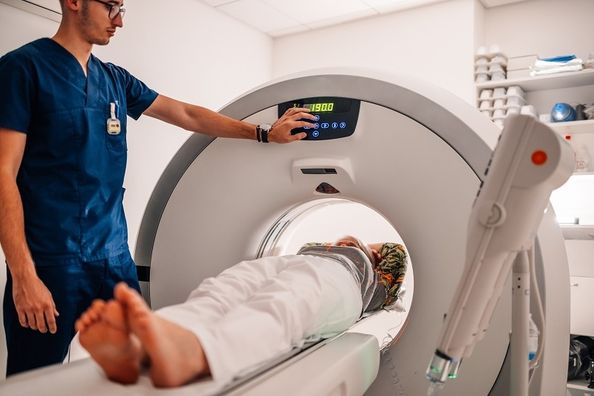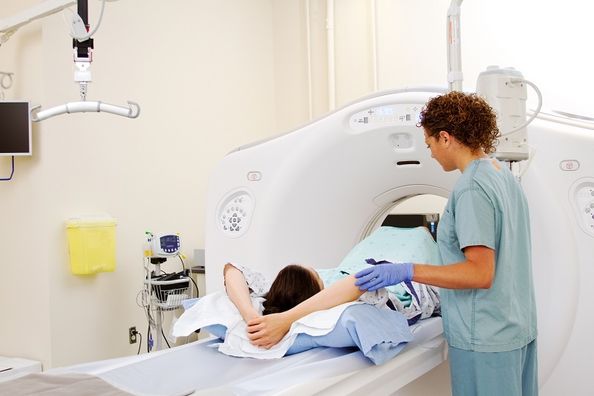One in five Americans will be diagnosed with skin cancer in their lifetime1. The best way to detect and treat skin cancer early is by scheduling an annual skin examination with your dermatologist.
A skin exam may seem intimidating if you don’t know what to expect. Board-certified Mathew Loesch, DO, PhD, FAAD, shares tips on how to prepare for a skin exam, what to expect during your appointment and next steps.
Scheduling your full skin exam
If you need or want to be seen by a dermatologist for a full skin check, reach out to your preferred location to make an appointment. If you need a referral from your primary care physician, be sure that they place an order before scheduling your dermatology appointment. When scheduling your exam, it is important to clarify that your appointment will be for a full skin examination or full skin check.
Preparing for your exam
Prior to your appointment, you should self-examine your skin and take note of any spots or concerns you would like addressed. When examining your own skin, the ABC Method and Ugly Duckling techniques are helpful in determining which spots or areas of skin should be focused on during your in-office exam. This includes any areas that have changed, itched, have a burning sensation, bled for no reason or have not healed. A great way to keep track of a mole’s appearance is to take photos of the same spot over time. These photos are great to share with your dermatologist at your appointment.
Another way to prepare for your appointment is to make a note of any past skin conditions, the treatments performed and your family history of skin cancer. Before arriving to your appointment, it is recommended that you remove all makeup and nail polish before your appointment. This will help our dermatologists examine your skin fully.
During your exam
At the exam, you will be asked to put on a medical gown. When you are ready, your dermatologist will enter and introduce him/herself. During this time, it is important to discuss previous skin conditions and areas you would like reviewed more closely during the exam. Also, be sure to mention whether or not you have a family history of skin cancer.
Your dermatologist will begin the exam and cover all areas of your skin and hair, from the top of your head to the bottom of your feet. During the exam, a specialized magnified glass and light may be used to better observe suspicious spots or places you expressed concern for during your introduction.
A suspicious spot
If your dermatologist is suspicious about a spot on your skin, he/she may consider performing a skin biopsy in order to test for a certain skin condition or disease. Performing a biopsy allows for a dermatopathologist, a specialized physician trained in skin pathology, to examine the mole under a microscope and determine if it is benign or cancerous.
To perform the biopsy, they will inject a numbing anesthetic directly into the area under and around the spot in question and either perform a shave or punch biopsy. A shave biopsy, the most commonly used technique, is used for superficial lesions like a suspicious mole and removes a thin disk of tissue that can be tested for cancer cells. A punch biopsy is used for lesions that require a deeper incision in order to extract a larger sample.
Other times, a dermatologist might choose to watch and make note of the suspicious spot and re-examine for changes at your next skin check.
Next steps
If a biopsy was performed, healing will depend on the size and depth of the biopsy, where it was located and other medical conditions you may have. In general, most biopsy sites heal within two to three weeks. Biopsies are processed and read in one to two weeks and your dermatologist or a nurse will contact you with the results.
If the spot was found to be benign, no follow-up is needed until your next annual skin exam. If the spot was found to be abnormal, your dermatologist or a nurse will contact you to discuss the next steps pending the pathology report.
If you have any skin concerns or are due for your annual full-body skin exam, schedule an appointment online with a dermatologist near you or by calling your preferred location.
Annual full body skin exams are now covered as a preventative exam by most commercial insurance companies. Cost varies based on your insurance coverage.*
*Medicare and Medicaid are excluded
1Skin Cancer Facts & Statistics (2021, January 13). In Skin Cancer Foundation. Retrieved from https://www.skincancer.org/ski…
Health Topics:

